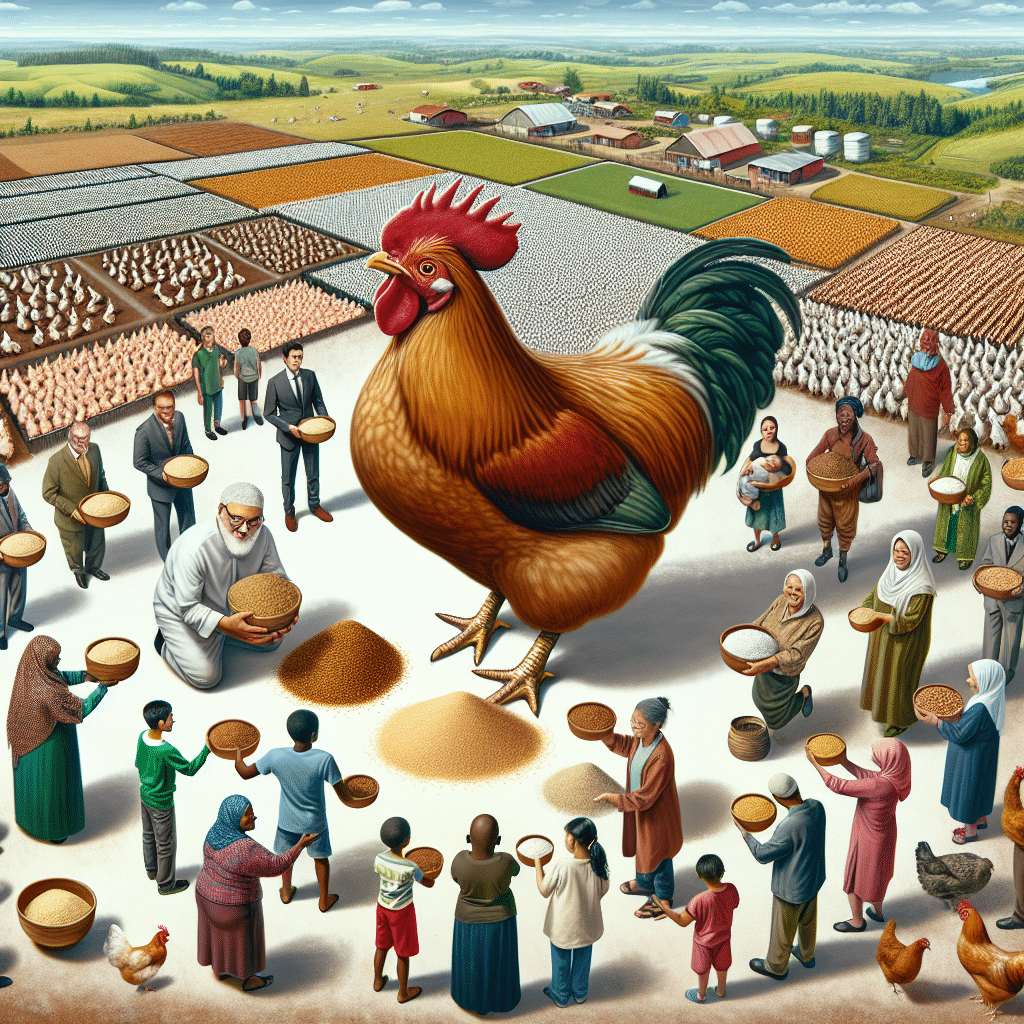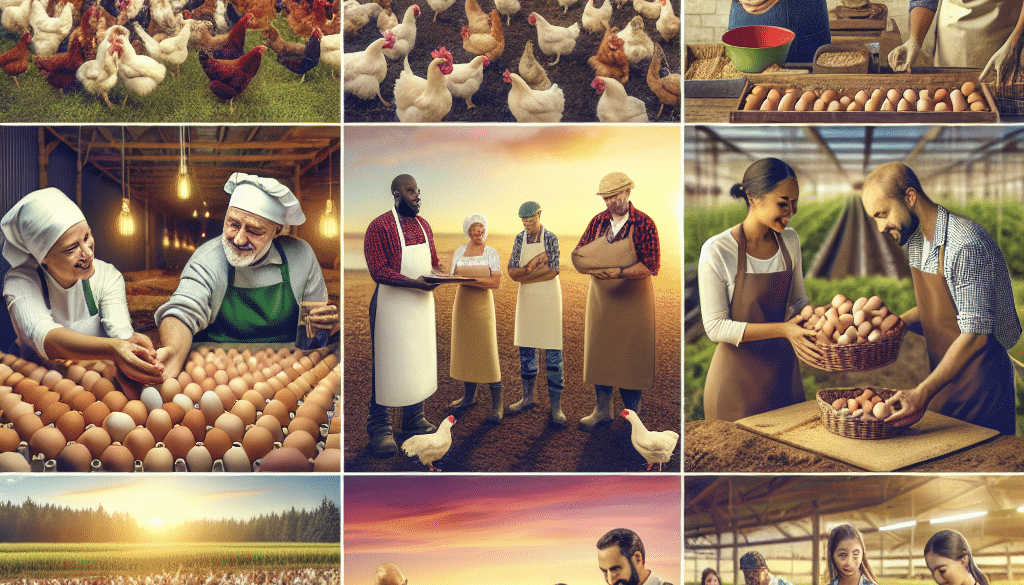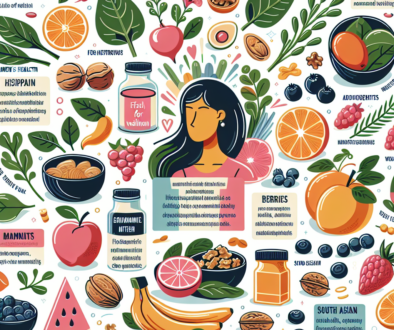Feeding the Growing Appetite for Poultry
-
Table of Contents
- Poultry Consumption Surge: Meeting the Demand for Chicken Globally
- The Rise of Poultry in the Global Diet
- Challenges in Scaling Poultry Production
- Innovations in Poultry Farming
- Case Studies: Successes in Sustainable Poultry Production
- Market Dynamics and Consumer Preferences
- Feeding the World: The Role of Poultry in Global Food Security
- Conclusion: Balancing Demand with Sustainable Practices
- ETChem: Enhancing Poultry Nutrition with High-Quality Protein Products
Poultry Consumption Surge: Meeting the Demand for Chicken Globally

The global appetite for poultry, particularly chicken, has been on a steady rise, driven by a combination of factors including its affordability, perceived health benefits, and versatility in various cuisines. As the world’s population continues to grow, so does the demand for this protein-rich food source. This article delves into the challenges and strategies involved in feeding the growing appetite for poultry, with a focus on sustainability, technological advancements, and market dynamics.
The Rise of Poultry in the Global Diet
Poultry has become a staple in diets worldwide, with chicken leading the way as one of the most consumed meats. The reasons for its popularity are manifold:
- Chicken is often more affordable than other meats, making it accessible to a wider range of consumers.
- It is considered a lean source of protein, which aligns with the health-conscious trends.
- Its mild flavor and texture make it a versatile ingredient in diverse culinary traditions.
According to the Food and Agriculture Organization (FAO), global poultry production is expected to grow by 24% over the next decade, outpacing other meat sectors. This growth presents both opportunities and challenges for the industry.
Challenges in Scaling Poultry Production
To meet the increasing demand, the poultry industry faces several challenges:
- Environmental Impact: Intensive poultry farming can lead to deforestation, water pollution, and high greenhouse gas emissions.
- Animal Health and Welfare: High-density farming can compromise animal welfare and increase the risk of disease outbreaks.
- Feed Resource Competition: The competition for feed resources between poultry and other agricultural uses can lead to higher feed costs and sustainability concerns.
Innovations in Poultry Farming
Addressing these challenges requires innovative approaches to poultry farming:
- Precision Agriculture: Leveraging data analytics and IoT devices can optimize feed usage, monitor health, and reduce waste.
- Alternative Feeds: Research into alternative feed ingredients, such as insects and algae, can reduce reliance on traditional grains.
- Genetic Selection: Advances in genetics can lead to healthier, more efficient breeds of poultry.
Case Studies: Successes in Sustainable Poultry Production
Several companies and countries have made strides in sustainable poultry production:
- In the Netherlands, the “Chicken of Tomorrow” initiative focuses on improving animal welfare and environmental standards in chicken farming.
- In the United States, companies like Perdue Farms have implemented no-antibiotics-ever policies and improved living conditions for their poultry.
Market Dynamics and Consumer Preferences
The poultry market is influenced by various factors:
- Global Trade: Trade agreements and tariffs can significantly impact poultry prices and availability.
- Consumer Trends: Growing interest in organic and free-range chicken products is shaping the market.
- Health Concerns: Outbreaks of diseases like avian influenza can temporarily reduce consumer demand.
Feeding the World: The Role of Poultry in Global Food Security
Poultry plays a crucial role in global food security, providing a significant portion of the animal protein consumed worldwide. Ensuring a stable and sustainable supply of poultry is vital for feeding the growing global population.
Conclusion: Balancing Demand with Sustainable Practices
The poultry industry must balance the growing demand for chicken with sustainable practices to ensure long-term viability. Innovations in farming technology, alternative feeds, and genetic selection, along with a focus on animal welfare and environmental impact, are key to meeting the global appetite for poultry.
ETChem: Enhancing Poultry Nutrition with High-Quality Protein Products
As the poultry industry evolves to meet increasing demand, the importance of high-quality feed ingredients becomes ever more critical. ETChem’s protein products offer an excellent solution for enhancing poultry nutrition. Their range of collagen products, including chicken collagen, can be integrated into poultry feeds to support the health and growth of chickens, ultimately contributing to a more sustainable and efficient poultry production system.
About ETChem:
ETChem, a reputable Chinese Collagen factory manufacturer and supplier, is renowned for producing, stocking, exporting, and delivering the highest quality collagens. They include marine collagen, fish collagen, bovine collagen, chicken collagen, type I collagen, type II collagen and type III collagen etc. Their offerings, characterized by a neutral taste, instant solubility attributes, cater to a diverse range of industries. They serve nutraceutical, pharmaceutical, cosmeceutical, veterinary, as well as food and beverage finished product distributors, traders, and manufacturers across Europe, USA, Canada, Australia, Thailand, Japan, Korea, Brazil, and Chile, among others.
ETChem specialization includes exporting and delivering tailor-made collagen powder and finished collagen nutritional supplements. Their extensive product range covers sectors like Food and Beverage, Sports Nutrition, Weight Management, Dietary Supplements, Health and Wellness Products, ensuring comprehensive solutions to meet all your protein needs.
As a trusted company by leading global food and beverage brands and Fortune 500 companies, ETChem reinforces China’s reputation in the global arena. For more information or to sample their products, please contact them and email karen(at)et-chem.com today.




